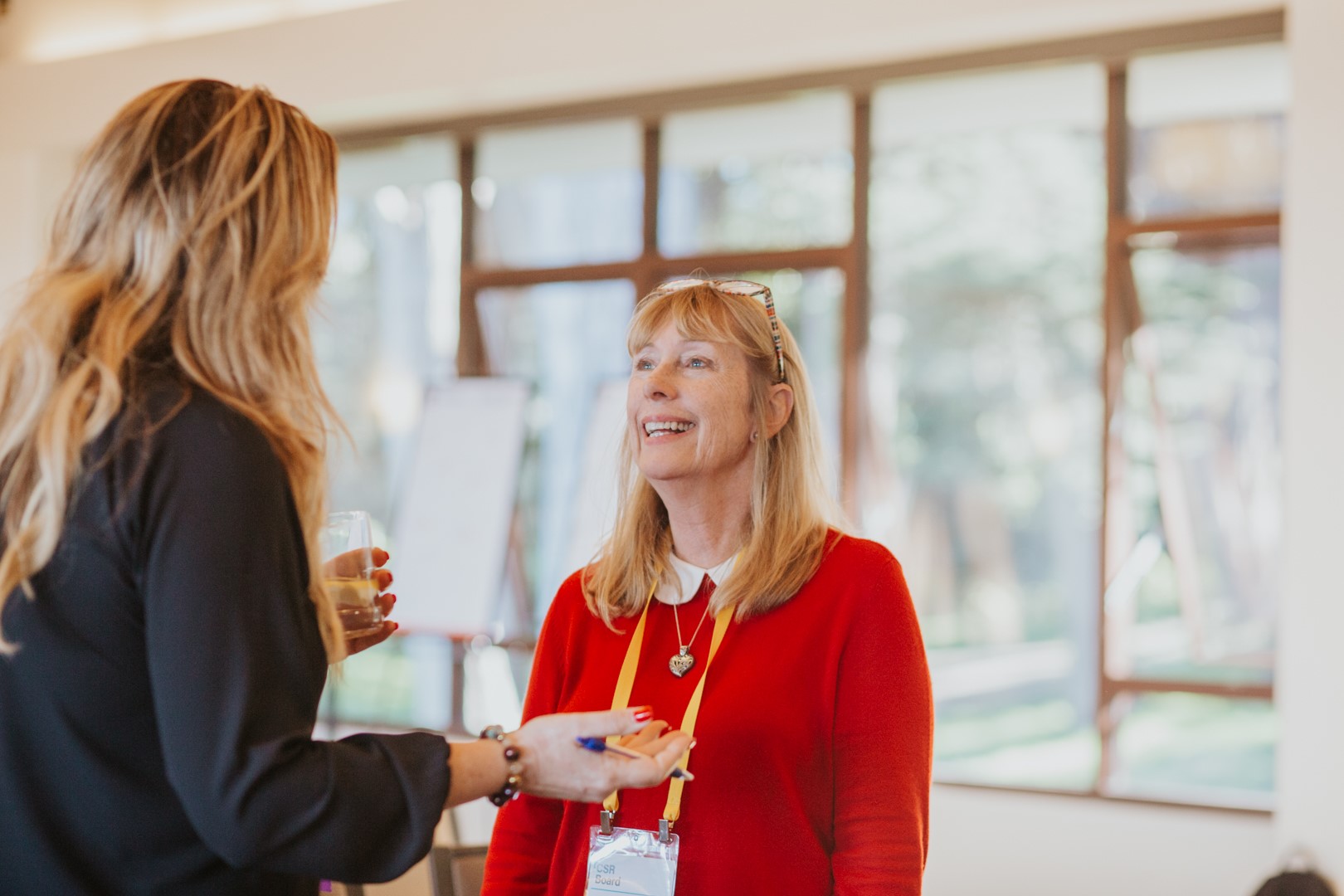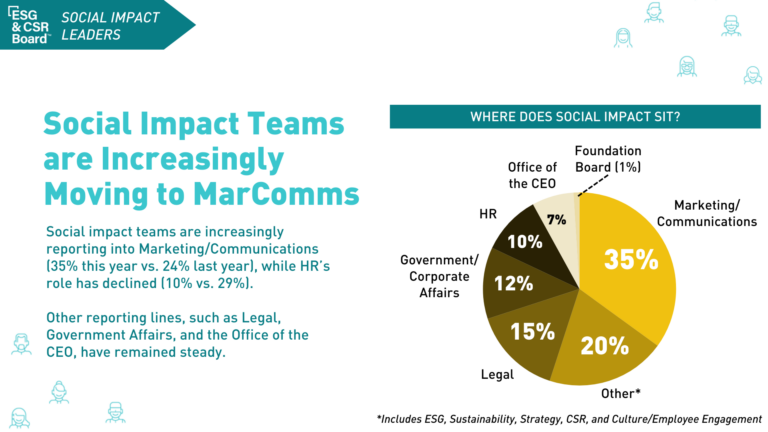Where Do You Turn When Your Leadership Wants Answers?
When the Head of Community Engagement at a multinational company advocated to expand their team’s employee giving and volunteerism programs, leadership asked a fundamental question:
“Why should these programs sit under CSR instead of HR?”

It was a fair question – after all, there’s no one-size-fits-all approach to structuring CSR. But they needed more than just her own perspective to answer it.
They turned to a trusted, leaders-only network of her peers in the ESG & CSR Board.
An Instant Advisory Board at Their Fingertips
Instead of spending weeks researching organizational structures or making a case based on guesswork, they tapped into a network of senior CSR leaders who had already tackled this challenge.
With the help of her Membership Director, they posed the question in the ESG & CSR Board’s private, facilitated forum — a confidential space where leaders share unfiltered insights on what’s working (and what’s not).
In just over a week, 17 corporate philanthropy leaders from other large companies responded, sharing how their organizations structured employee giving.
One head of community engagement flagged a potential pitfall. They felt if volunteering and giving sat within HR, it would never receive adequate attention due to competing priorities, especially in a workplace still navigating post-COVID shifts.
There was no single answer, but that’s what made these insights so valuable:
- In some companies, giving and volunteerism fell under marketing and communications or corporate affairs, because a positive societal impact is one of the key factors in driving corporate reputation.
- Several overlapped with ESG and sustainability to ensure alignment with corporate social impact initiatives.
- A few teams reported directly to executive leadership, which signaled enterprise-wide strategic importance.
- Some shared how their CSR and ESG programs moved out of HR as they matured and became more of an enterprise-wide strategic focus.
Excerpt from our 2025 State of Enterprise ESG and CSR Report (coming soon!)
Beyond where these programs sat, CSR leaders shared how they made the case to their own executive teams, sharing the arguments that worked, the challenges they faced, and how they structured collaboration across functions.
Instead of walking into the next leadership meeting feeling uncertainty, this leader now had a comprehensive, peer-backed perspective to make her case with confidence.
But the conversation didn’t stop there.
Peer Insights for Smarter, More Effective CSR Team Structures
Team structure is a topic that comes up time and time again in the ESG & CSR Board. Even if your CSR team performs at the highest level, every leader always wonders if organizing things a little differently might work better.
So, our Membership Director facilitates confidential Community Calls — a faster way for leaders to come together, benchmark structures, and learn how major companies are iterating their teams over time.
During the most recent team structure call, members shared key insights.
Centralized vs. Regionalized Resourcing: Finding the Right Balance
Team sizes vary significantly across our community, per the State of Enterprise ESG & CSR Report, but this call brought together many of our lean-and-mighty CSR teams.
It became a great opportunity to talk about centralized versus regionalized resourcing as well as what we’re doing to find allies, gain more support, and demonstrate the value of what we bring to the business.
For many CSR leaders, tightening budgets have forced a sharper focus. With less budget can come more focus by pushing you to cut the small stuff and focus on more centralized strategies that streamline the impact work you’re doing across the enterprise.
Tapping into Employee Interest for Additional Support
One leader shared how their team leveraged employees’ enthusiasm for social impact by identifying “community ambassadors” or those employees who can respond to local engagement opportunities like school tours and volunteer requests.
The formalized program has been a success, providing much-needed support.
Government Affairs: An Overlooked Strategic Ally
One member found a valuable partner in their government affairs leader, who sees the value in local programming but lacked the time and inclination to execute it.
So, their CSR team stepped in, and this relationship has evolved to the point that this government affairs leader is actually handing over budget to the CSR team to execute on some key initiatives.
Other leaders noted they’re also seeing more opportunities to split budgets with functions like government affairs or early careers, ensuring alignment with broader business objectives while securing additional resources.
Benchmarking: A Proven Path to Leadership Buy-In
For one CSR leader, benchmarking was the key to unlocking additional investment. By showing how their company’s programs and team size lagged behind their peers, they successfully made the case for more resources.
But securing the investment was just the first step. To sustain it, they worked closely with communications teams to tell the story of CSR’s value, meeting every two weeks to ensure leadership remained engaged and informed.
The Fastest Way to Smarter CSR Decisions
When it comes to structuring CSR teams, expanding programs, and securing leadership buy-in, there’s no single right answer. But there is shortcut to a smart strategy — learning from those who’ve already been there.
That’s why leaders in the ESG & CSR Board rely on their peers to benchmark in real time, test ideas before taking them to leadership, and avoid the costly trial-and-error approach.
Whether it’s determining where a program should sit, proving its value, or securing more resources, having an instant advisory board makes all the difference.



